
A guide to refugee rights in the EU
Published on
The EU is exploding with discussions about refugees. While the citizens are arguing about morality, the relatively ambitious cosmopolitan regulations of EU member states are running at high capacity. Here is the comprehensive guide for the nine most affected EU countries.
Refugees in the EU are subject to a number of laws and regulations. Besides the Geneva Convention, which grants basic human rights, the EU is majorly concerned with an even distribution of responsibility among its member states. This includes the Dublin Regulation, which does exactly this, by examining asylum applications in an attempt to keep the high influx documented within the EU.
A recent Guardian article criticised the ignorance about inter-European asylum conditions, noting the fact that the British population was convinced that their country was being disproportionately targeted. This article will seek to shed light on these empty assumptions, collected from the UN High Commissioner for Refugees (UNHCR), Eurostat, the Asylum Information Database (AIDA), and World Bank data.
The latest report by the UNHCR states that nearly 300,000 people have crossed the Mediterranean this year seeking refuge, of which at least 2,373 died trying. As these numbers are not projected to decline soon, any policies the EU has in place at the moment are going to be law before any fundamental institutional change can be made.
To forgo unnecessary politicisation of this topic, there will be no analysis on the effectiveness of refugee programs, the reasons behind the large influx or the effect of refugee immigration on destination countries. Instead, we shall simply magnify what conditions people applying for asylum in the EU can expect from the most affected states (Germany, UK, France, Italy, Netherlands, Hungary, Greece, Denmark and Sweden). The purpose of this is to give EU citizens a comparative overview over what is going to become the largest social issue in the EU for the coming years.
To read about how the EU defines a potential asylum seeker, which applies to all member states, click here.
Germany:
Number of refugees per 100,000 citizens: 676
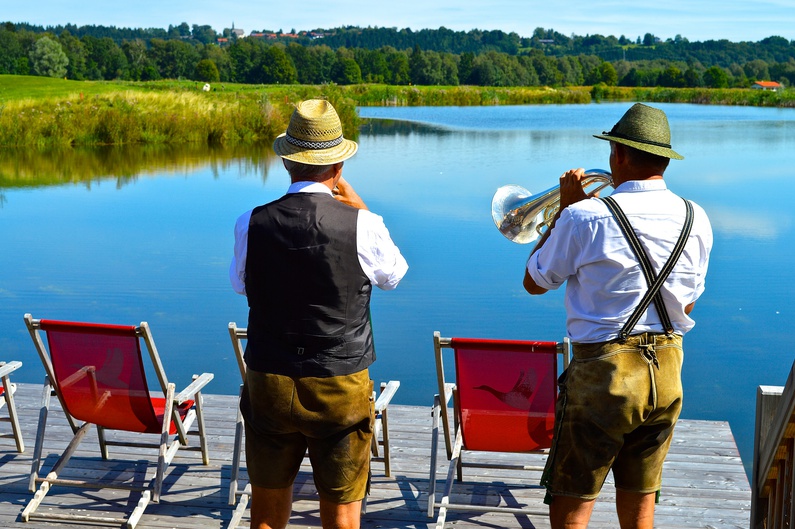 The EU’s largest economy is also expecting to receive the largest amount of asylum applications in 2015: 800, 000. Late August the Federal Ministry of Migration and Refugees of Germany (BAMF) announced that it would start to “practically ignore” the Dublin Regulation for some refugees, thus virtually taking full responsibility for them. There have been multiple attacks within the country directed at current or future asylum homes. With 173 offences so far, just this year alone, public and political attention has turned toward this issue.
The EU’s largest economy is also expecting to receive the largest amount of asylum applications in 2015: 800, 000. Late August the Federal Ministry of Migration and Refugees of Germany (BAMF) announced that it would start to “practically ignore” the Dublin Regulation for some refugees, thus virtually taking full responsibility for them. There have been multiple attacks within the country directed at current or future asylum homes. With 173 offences so far, just this year alone, public and political attention has turned toward this issue.
Conditions for asylum applications in Germany:
Dublin Regulation applies (Syrian refugees exempt).
Average duration of application process: 6 months (no maximum)
Free legal assistance: No
58% of all first instance applications rejections were rejected in 2014.
Type of appeal granted: Judicial
The three largest refugee applicant group origin countries were Syria (41,000*), Serbia (27,145) and Eritrea (13,255) in 2014.
Applications waiting to be processed as of December 2014: 226,191
Subsidies or humanitarian aid received by refugees in Germany?
Accommodation is granted in reception centres (camps).
The asylum seeker can access the labour market after 3 months.
Average 336 € monthly allowance for adults.
Access to healthcare and education.
United Kingdom:
Number of refugees per 100,000 citizens: 194
 The UK is one of the few countries within the EU that is currently seeing a decline in refugee numbers (a drop of over 75,000 since 2011), though applications numbers remain stable (around 25,000 per year). In addition to being the most complicated to reach geographically, the UK remains outside of the Schengen Agreement and thus denies uncontrolled entry across the English Channel. Being the only viable way to reach the British Isles, hundreds of potential applicants are camping around the French port city of Calais, often risking their lives by jumping on trucks to enter the UK. Multiple private crowdfunding campaigns have been launched by UK citizens to show solidarity with these refugees. Meanwhile, the British government’s position remains focused on directing resources toward the humanitarian crises in the refugees’ origin countries rather than resettlement, for which it has been criticised by Refugee Council chief executive, Maurice Wren.
The UK is one of the few countries within the EU that is currently seeing a decline in refugee numbers (a drop of over 75,000 since 2011), though applications numbers remain stable (around 25,000 per year). In addition to being the most complicated to reach geographically, the UK remains outside of the Schengen Agreement and thus denies uncontrolled entry across the English Channel. Being the only viable way to reach the British Isles, hundreds of potential applicants are camping around the French port city of Calais, often risking their lives by jumping on trucks to enter the UK. Multiple private crowdfunding campaigns have been launched by UK citizens to show solidarity with these refugees. Meanwhile, the British government’s position remains focused on directing resources toward the humanitarian crises in the refugees’ origin countries rather than resettlement, for which it has been criticised by Refugee Council chief executive, Maurice Wren.
Conditions for asylum applications in the UK:
Dublin Regulation applies.
Average duration of application process: no data
Free legal assistance: No
61% of all first instance applications rejections were rejected in 2014.
Type of appeal granted: Judicial
The three largest refugee applicant group origin countries were Pakistan (3,990), Eritrea (3,280) and Iran (2,500) in 2014.
Applications waiting to be processed as of December 2014: 36,383
Subsidies or humanitarian aid received by refugees in the UK:
Accommodation is granted in private housing.
The asylum seeker can access the labour market after 1 year.
Access to medical healthcare and education.
Weekly allowance between £42 (ca. 58 €) and £72 (ca. 100 €), depending if one is in a couple or parent.
France:
Number of refugees per 100,000 citizens: 386
 Although not the most strained by a refugee influx, France has also not seen much direct refugee crisis relating violence. The country has long-standing experience with large migrant groups arriving in the country since the post-colonial flows from North-Africa. There have been major discussions over rising nationalistic groups in politics, yet the country remains as one offering some of the most inviting conditions to asylum seekers. France was among the leading nations to pledge to admit more Syrian refugees in 2015.
Although not the most strained by a refugee influx, France has also not seen much direct refugee crisis relating violence. The country has long-standing experience with large migrant groups arriving in the country since the post-colonial flows from North-Africa. There have been major discussions over rising nationalistic groups in politics, yet the country remains as one offering some of the most inviting conditions to asylum seekers. France was among the leading nations to pledge to admit more Syrian refugees in 2015.
Conditions for asylum applications in France:
Dublin Regulation applies.
Average duration of application process: 6 months
Free legal assistance: Yes
78% of all first instance applications rejections were rejected in 2014.
Type of appeal granted: Judicial
The three largest refugee applicant group origin countries were Dem. Rep. of Congo (5,470), Russia (4,205) and Bangladesh (3,800) in 2014.
Waiting applications as of December 2014: 55,862
Subsidies or humanitarian aid received by refugees in France:
Accommodation is granted in reception centres (camps).
336 € monthly allowance, while the application is reviewed, then up to 718 € (for a 6 person family).
The asylum seeker can access the labour market after 1 year.
Access to medical healthcare and education.
Italy:
Number of refugees per 100,000 citizens: 254
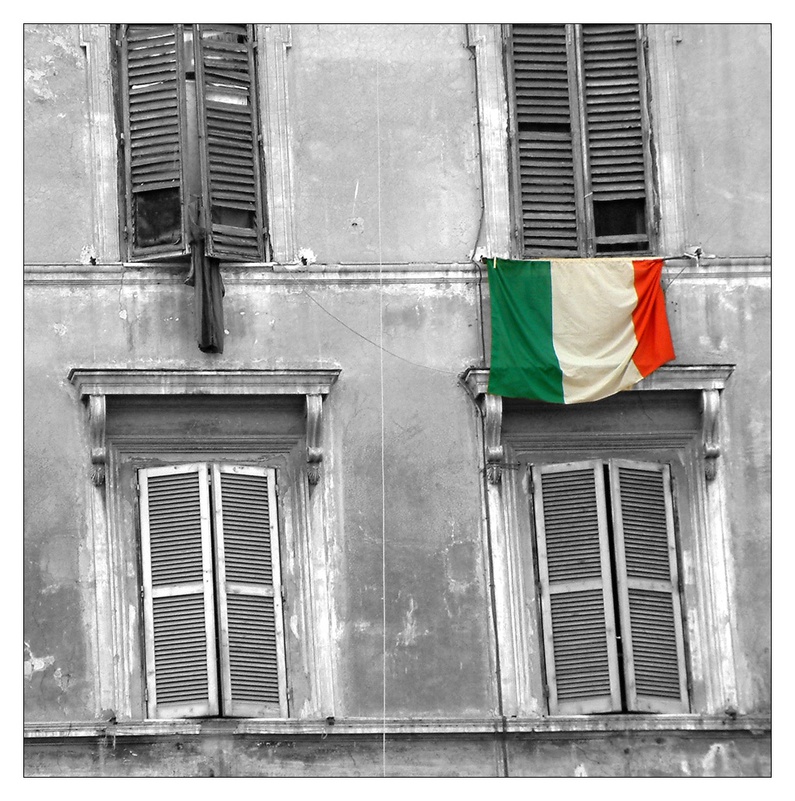 As a primary target for migrants from North Africa, refugees arrive in Italy via the Apulia and Calabria and Central Mediterranean route. For years the infamously iconic island for this crisis, Lampedusa, has been foreshadowing the larger wave and regulation issues in dealing with refugees in Italy. Recent attacks have left mayors of Italian communities looking for excuses, though these municipalities usually tend to lack resources to attend to the refugees.
As a primary target for migrants from North Africa, refugees arrive in Italy via the Apulia and Calabria and Central Mediterranean route. For years the infamously iconic island for this crisis, Lampedusa, has been foreshadowing the larger wave and regulation issues in dealing with refugees in Italy. Recent attacks have left mayors of Italian communities looking for excuses, though these municipalities usually tend to lack resources to attend to the refugees.
Conditions for asylum applications in Italy:
Dublin Regulation applies.
Average duration of application process: 30 days
Free legal assistance: Yes
41% of all first instance applications rejections were rejected in 2014.
Type of appeal granted: Judicial
The three largest refugee applicant group origin countries were Nigeria (10,135), Mali (9,790) and the Gambia (8,575) in 2014.
Applications waiting to be processed as of December 2014: 45,749
Subsidies or humanitarian aid received by refugees in Italy:
Accommodation is granted in temporary emergency centres (CAS).
Allowance of 977,15 € per Person for 35 days, until granted a place in a reception centre or granted refugee status before.
The asylum seeker can access the labour market 6 months after the request.
Access to healthcare and education.
Netherlands:
Number of refugees per 100,000 citizens: 379
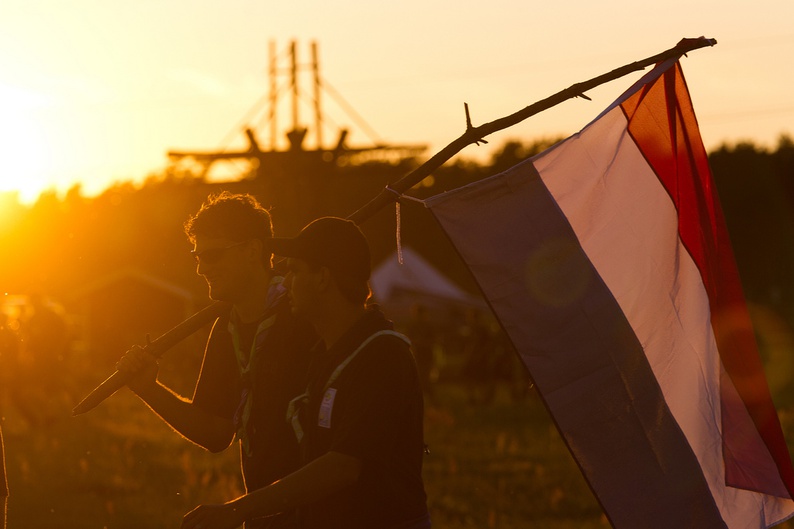 Public outcry over long-term integration problems regarding refugees is currently a leading argument in Dutch politics. Much of the provocation can be put down to populist anti-islamic sentiment, while a large majority of the population indeed fears a lack of assimilation of immigrants into Dutch communities. While the cultural barrier remains an important issue, the economic concern is considered to be negligible for the majority of citizens, according to a Pew Research Center study.
Public outcry over long-term integration problems regarding refugees is currently a leading argument in Dutch politics. Much of the provocation can be put down to populist anti-islamic sentiment, while a large majority of the population indeed fears a lack of assimilation of immigrants into Dutch communities. While the cultural barrier remains an important issue, the economic concern is considered to be negligible for the majority of citizens, according to a Pew Research Center study.
Conditions for asylum applications in the Netherlands?
Dublin Regulation applies.
Average duration of application process: 8 working days
Free legal assistance: Yes
33% of all first instance applications rejections were rejected in 2014.
Type of appeal granted: Judicial
The three largest refugee applicant group origin countries were Syria (8,790), Eritrea (3,910) and Stateless (2,720) in 2014.
Applications waiting to be processed as of December 2014: 6,940
Subsidies or humanitarian aid received by refugees in the Netherlands:
Accommodation granted in reception centres (camps).
Weekly food, clothing and personal allowances depending on size of family (starting at 220 €, monthly).
The asylum seeker can access the labour market 6 months after application lodgement.
Limited access to adequate health care.
Access to education for children under 18.
Hungary:
Number of refugees per 100,000 citizens: 1310
 The Magyar nation has so far experienced the one of the greatest impacts of refugee immigration within the EU. Given the country borders Serbia to the south, which itself is a source of a large amount of asylum seekers, it is also on the route for an expected 120,000 people entering the EU, via the Western Balkans. In hand with recent nationalistic policies, the Hungarian government was publicly criticised by the EU for putting up a 125km-long fence on its southern border.
The Magyar nation has so far experienced the one of the greatest impacts of refugee immigration within the EU. Given the country borders Serbia to the south, which itself is a source of a large amount of asylum seekers, it is also on the route for an expected 120,000 people entering the EU, via the Western Balkans. In hand with recent nationalistic policies, the Hungarian government was publicly criticised by the EU for putting up a 125km-long fence on its southern border.
Conditions for asylum applications in Hungary:
Dublin Regulation applies.
Average duration of application process: 3 months
Free legal assistance: Yes
91% of all first instance applications rejections were rejected in 2014.
Type of appeal granted: Judicial
The three largest refugee applicant group origin countries were Kosovo (21,455), Afghanistan (8,795) and Syria (6,855) in 2014.
Applications waiting to be processed as of December 2014: 15,684
Subsidies or humanitarian aid received by refugees in Hungary:
Accommodation granted in reception centres (camps).
Daily allowance of 950 - 1,050 HUF (3 - 3.30 €).
The asylum seeker can access the labour market 9 months after the request.
Limited access to adequate health care.
Access to education for children under 18.
Greece:
Number of refugees per 100,000 citizens: 391
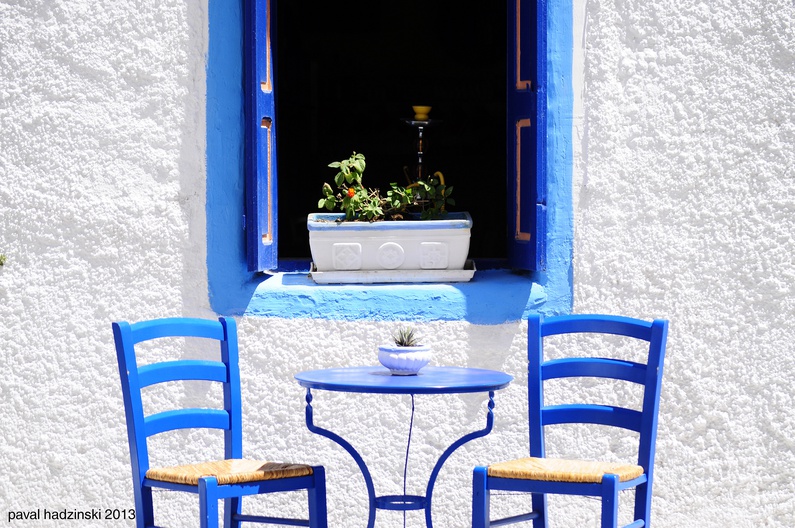 Similar to Italy, Greece is usually the first EU state reached by asylum seekers. They arrive via the Eastern Mediterranean route, but only a small portion apply in Greece. Most seek to enter the larger EU Schengen area, through Macedonia or Bulgaria into Austria and later Germany or Sweden. The Macedonian border is now being supported by the UNHCR, where there have been multiple reports on police brutality against 'illegal' migrant crossings. On top of that, the economically worn Greek people have been heavily concerned with the financial strain a large intake of refugees would have on jobs and social security in the country.
Similar to Italy, Greece is usually the first EU state reached by asylum seekers. They arrive via the Eastern Mediterranean route, but only a small portion apply in Greece. Most seek to enter the larger EU Schengen area, through Macedonia or Bulgaria into Austria and later Germany or Sweden. The Macedonian border is now being supported by the UNHCR, where there have been multiple reports on police brutality against 'illegal' migrant crossings. On top of that, the economically worn Greek people have been heavily concerned with the financial strain a large intake of refugees would have on jobs and social security in the country.
Conditions for asylum applications in Greece?
Dublin Regulation applies.
Average duration of application process: 6 months maximum
Free legal assistance: with difficulty
85% of all first instance applications rejections were rejected in 2014.
Type of appeal granted: Administrative
The three largest refugee applicant groups were from Afghanistan (1,710), Pakistan (1,620) and Syria (785) in 2014.
Applications waiting to be processed as of December 2014: 31,929
Subsidies or humanitarian aid received by refugees in Greece:
Accommodation is granted in hotels or hostels.
No provision for regular financial support.
The asylum seeker can access the labour immediately.
Limited access to adequate health care.
Access to education for children under 18.
Denmark:
Number of refugees per 100,000 citizens: 626
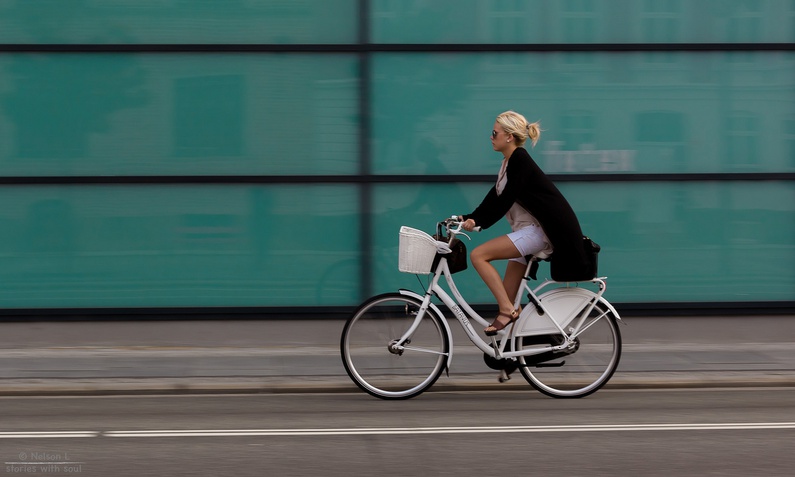 As a rather small country, Denmark has been disproportionately responsible for new asylum applications. As an indirect result of this, the newly elected right-wing government has cut weekly allowances for refugees. On top of that, there have been moves to reimpose border controls, which would ultimately violate the Schengen Agreement.
As a rather small country, Denmark has been disproportionately responsible for new asylum applications. As an indirect result of this, the newly elected right-wing government has cut weekly allowances for refugees. On top of that, there have been moves to reimpose border controls, which would ultimately violate the Schengen Agreement.
Conditions for asylum applications in Denmark?
Dublin Regulation does not apply, due to a special EU-Danish agreement.
Average duration of application process: 5 months maximum
Free legal assistance: Yes
32% of all first instance applications rejections were rejected in 2014.
The three largest refugee applicant group origin countries were Syria (7,210), Eritrea (2,275) and Stateless (1,140) in 2014.
Applications waiting to be processed as of December 2014: 4,297
Subsidies or humanitarian aid received by refugees in Denmark:
Accommodation is granted in private housing.
5,500 Kroner (737 €) monthly allowance.
No data on labour market access.
Limited access to adequate health care.
Access to education for children under 18.
Sweden:
Number of refugees per 100,000 citizens: 2,359
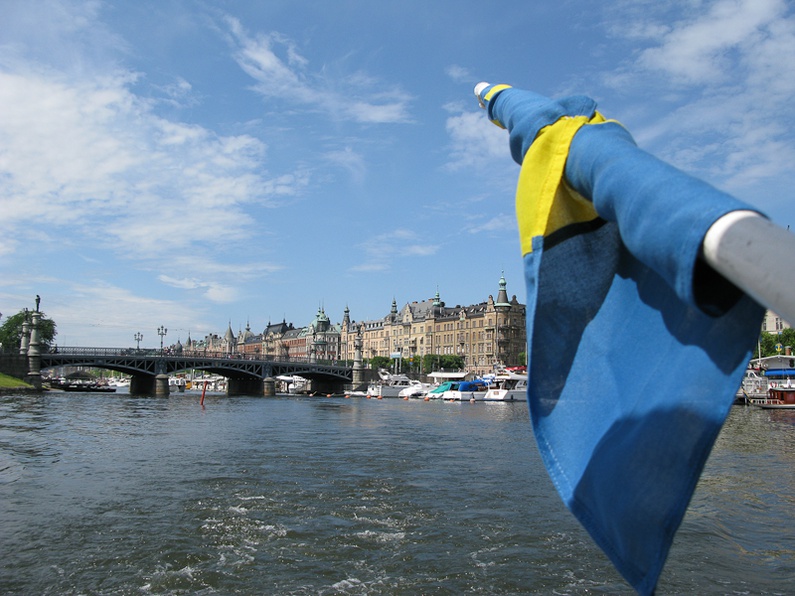 Although being one of the furthest countries to reach, Sweden has opened routes for a large share of Syrian refugees over the last few years. The country has largely been combatting the familiar issue of xenophobia, with far-right parties gaining momentum in the general election of 2014. There have been a few incidents involving a public backlash toward refugees, specifically targeting ethnic differences. Yet, surveys from March 2015 have shown that a clear majority of Swedes believe that immigration serves their country well, even if only 10% believe the current integration efforts to be effective.
Although being one of the furthest countries to reach, Sweden has opened routes for a large share of Syrian refugees over the last few years. The country has largely been combatting the familiar issue of xenophobia, with far-right parties gaining momentum in the general election of 2014. There have been a few incidents involving a public backlash toward refugees, specifically targeting ethnic differences. Yet, surveys from March 2015 have shown that a clear majority of Swedes believe that immigration serves their country well, even if only 10% believe the current integration efforts to be effective.
Conditions for asylum applications in Sweden:
Dublin Regulation applies.
Average duration of application process: 13 months
Free legal assistance: Yes
23% of all first instance applications rejections were rejected in 2014.
Type of appeal granted: Judicial
The three largest refugee applicant group origin countries were Syria (30,750), Eritrea (11,530) and Stateless (7,820) in 2014.
Applications waiting to be processed as of December 2014: 56,784
Subsidies or humanitarian aid received by refugees in Sweden:
Accommodation is granted in private housing.
Average 5,500 Kroner (580,54 €) monthly allowance.
The asylum seeker can access the labour market 1 day after the request.
Limited access to adequate health care.
Access to education for children under 18.



